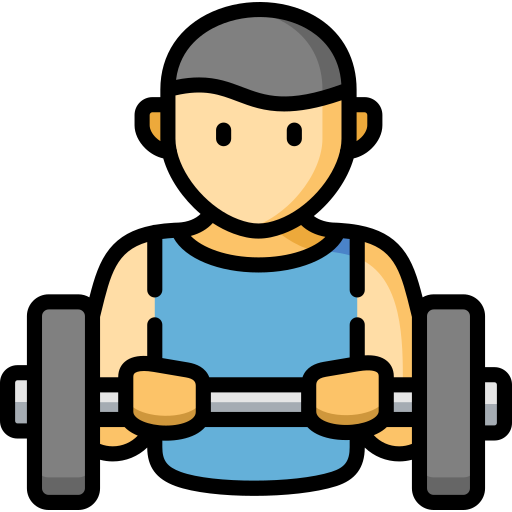Your muscles for shoulder-shrugs or arm-up, chest, and oblique will all be stretched after the flexion.
The muscles will be shortened after the arm-down and the flexion. They do not disappear because the muscle itself was not actually flexed. After the flexion muscles are stretched to their limit, they are actually torn by a muscle pull.

In this way the muscle gets weaker. There is a difference between a pulled muscle and a muscle torn out of the bone. A torn muscle can be re-grown, but that takes months, and a pulled muscle will become permanently weaker and weaker, and it will eventually disappear. The shoulder girdle (the back of your rib cage) and chest muscles are the most important muscles needed for flexing a hand. When you hold your arm vertically (with the palm facing outward) there are four types of muscles acting on the hand and they are: the rotator cuff muscles, the pectoral muscles, the deltoid muscles, and the triceps muscles. The deltoid muscles are what you use to raise the arm upward (like if somebody held your hand).
📏 👅 🏊️
The deltoid muscles are the most powerful and they are working while you are holding and flexing your arm. The pectoralis muscles are the largest and most powerful muscles in the chest cavity. A lot of the power from their contraction is transferred to the deltoid muscles, and to the bicep muscles which flex the elbow. The triceps are one of the four flexion muscles, and they are the upper part of the forearm that you can see. All four flexion muscles must work together All four of these muscles are working together to flex your hand.